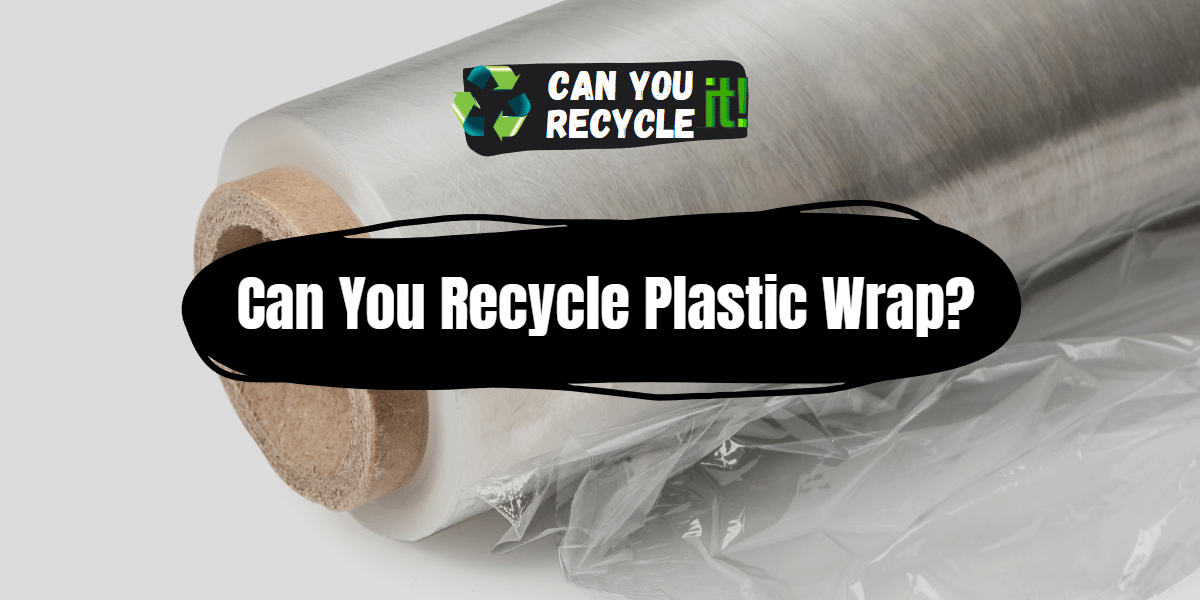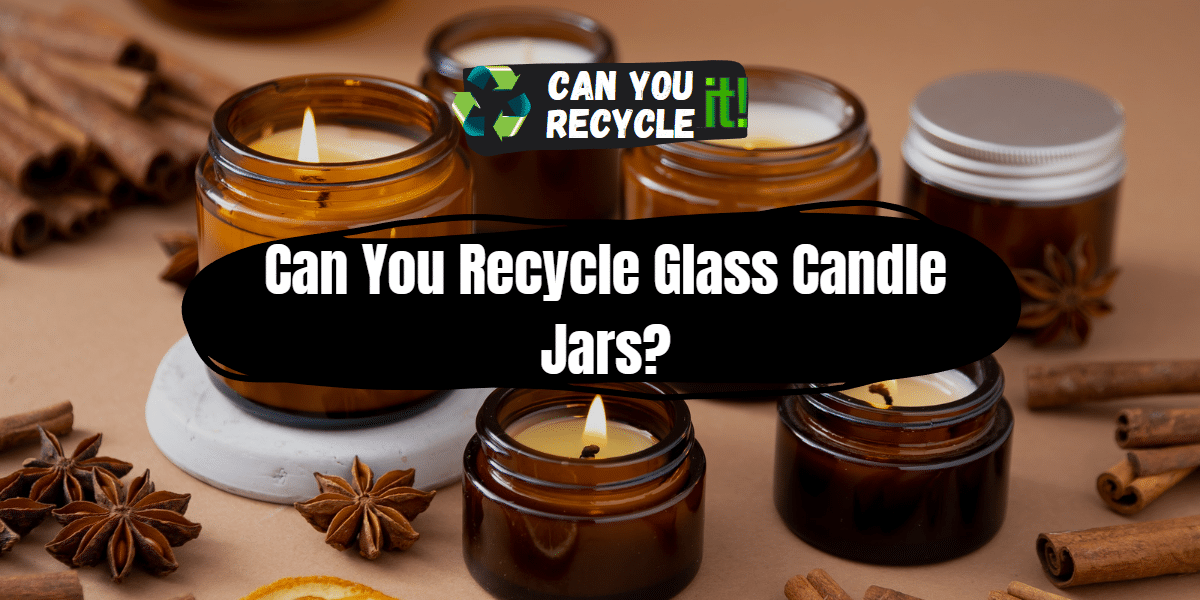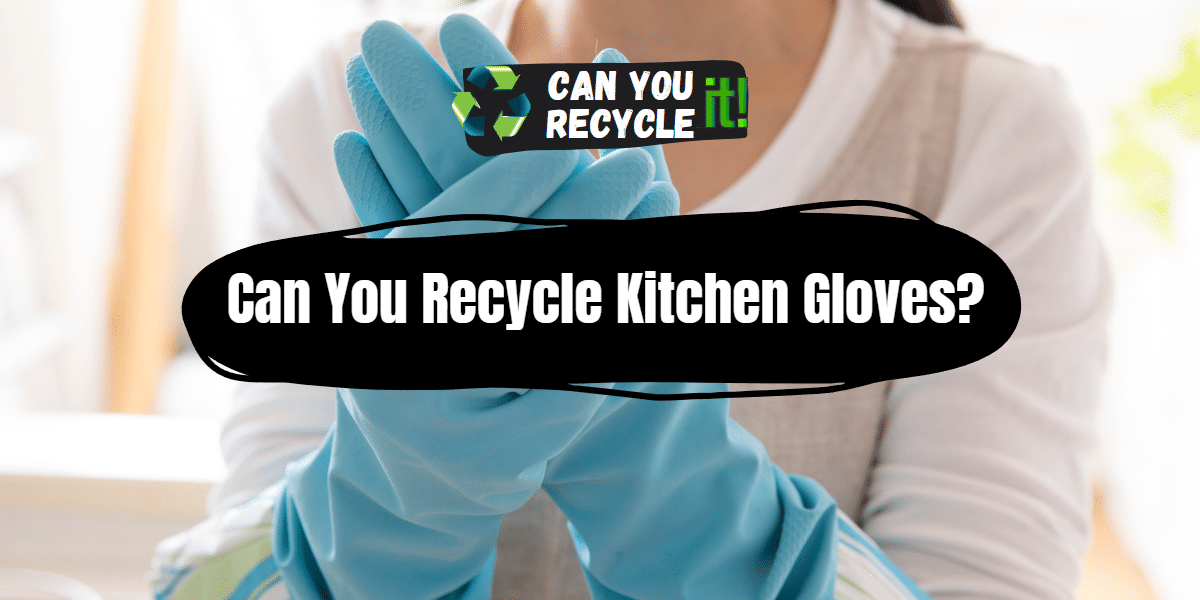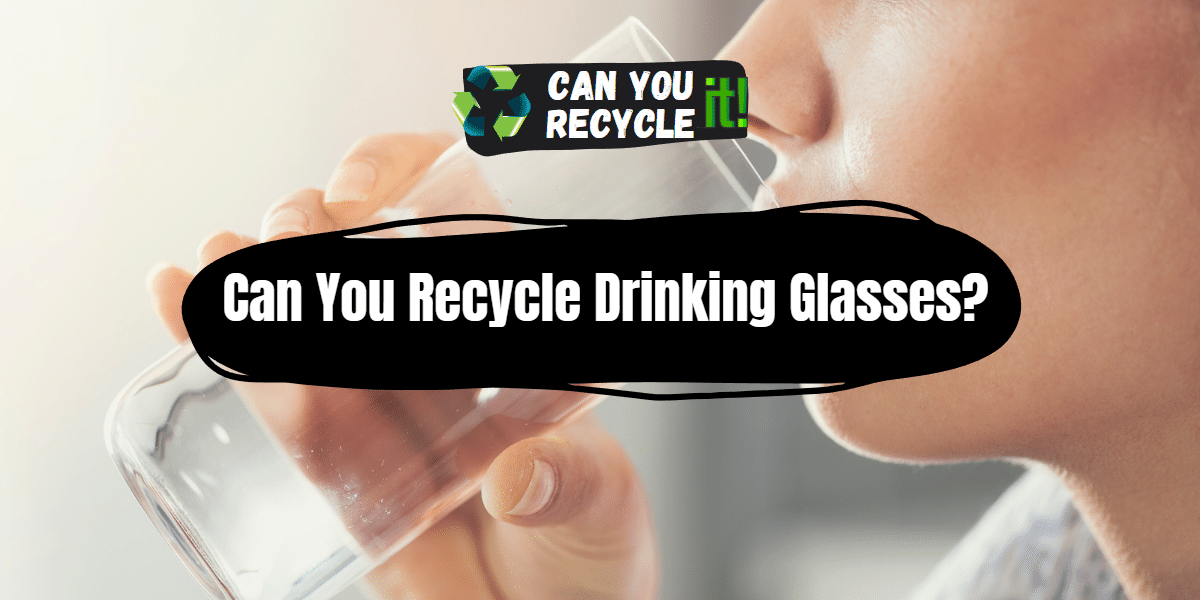No, in most cases, plastic wrap cannot be recycled in your regular curbside recycling bin. Plastic wrap is typically made from low-density polyethylene (LDPE), which is not easily recyclable through traditional recycling processes.
However, there are alternative ways to reduce waste and make sustainable choices when it comes to plastic wrap.
When it comes to reducing waste and being environmentally conscious, recycling plays a vital role. However, plastic wrap often poses a dilemma for many people. In this article, we will explore whether plastic wrap can be recycled and provide you with a comprehensive guide on how to handle it responsibly. So, let’s dive in!
Table of Contents
Do’s and Don’ts
To effectively manage plastic wrap, here are some dos and don’ts to keep in mind:
Dos
- Reduce usage: Minimize the amount of plastic wrap you use by opting for reusable alternatives like beeswax wraps or reusable containers.
- Reuse plastic wrap: Whenever possible, reuse plastic wrap multiple times before disposing of it. Wash it carefully and let it dry before using it again.
- Look for recycling programs: Some specialized recycling programs or drop-off locations accept plastic wraps for recycling. Check with your local recycling centers or waste management facilities to see if they offer this service.
Don’ts
- Put plastic wrap in curbside recycling: Placing plastic wrap in your regular recycling bin can cause issues at recycling facilities. It can get tangled in sorting machinery, leading to malfunctions and contamination of other recyclable materials.
- Dispose of plastic wrap in the regular trash: While throwing plastic wrap in the regular trash is a common practice, it still contributes to landfill waste. Exploring alternative disposal methods can help minimize its environmental impact.
5-Step Guide to Recycle Plastic Wrap
Although plastic wrap may not be widely recyclable through curbside programs, here’s a five-step guide on how to handle plastic wrap responsibly:
Step 1
Reduce usage: The first step to managing plastic wrap is to minimize its usage. Consider using reusable alternatives like silicone lids or glass containers for food storage.
Step 2
Reuse: If you have a plastic wrap that’s still in good condition, wash it carefully and let it dry before reusing it. Reusing plastic wrap helps extend its lifespan and reduces waste.
Step 3
Check for specialized recycling programs: Some recycling centers or specialized drop-off locations accept plastic wrap for recycling. Check with your local recycling facilities or waste management authorities to determine if they offer this service.
Step 4
Collect and bundle: If you find a recycling program that accepts plastic wraps, start collecting and bundling it. Ensure the plastic wrap is clean and dry before bundling it together.
Step 5
Drop-off for recycling: Take the bundled plastic wrap to the designated drop-off location or recycling center. Follow any specific instructions the recycling program provides to ensure proper disposal and recycling.
What to Do with Plastic Wrap That Cannot Be Recycled
If recycling options for plastic wrap are limited in your area, consider these alternative ways to handle plastic wrap responsibly:
- Reuse as much as possible: Before disposing of plastic wrap, examine it for any potential reusability. If it’s clean and in good condition, wash and dry it for future use.
- Look for plastic wrap alternatives: Explore reusable alternatives to plastic wrap, such as beeswax wraps or silicone stretch lids. These alternatives are washable, durable, and can be used multiple times.
- Dispose of in the regular trash: If there are no recycling or alternative options available, dispose of plastic wrap in the regular trash. Remember to flatten and secure it to minimize its impact on the environment.
Environmental Impact of Recycling Plastic Wrap
Recycling plastic wrap can have several positive environmental impacts:
- Reduces landfill waste: By recycling plastic wrap, we divert it from ending up in landfills, reducing the amount of waste that contributes to environmental pollution.
- Conserves resources: Recycling plastic wrap allows for the recovery of valuable materials, such as LDPE. This helps conserve resources and reduces the need for virgin plastic production.
- Energy savings: The recycling process consumes less energy compared to manufacturing plastic from scratch. Recycling plastic wrap helps save energy and reduce greenhouse gas emissions.
FAQs for Can You Recycle Plastic Wrap
Here are some frequently asked questions regarding the recycling of plastic wrap:
Can I recycle plastic wrap with other plastics?
No, plastic wrap should not be mixed with other plastics for recycling. It requires specialized recycling processes and is usually not accepted in curbside recycling programs.
Can I recycle cling film or Saran wrap?
Cling film or Saran wrap is another term for plastic wrap, and the same rules apply. It is not widely recyclable through traditional recycling methods.
Can I recycle plastic wrap from food packaging?
Most plastic wrap used for food packaging, such as wrap-around meat or vegetables, falls under the same recycling limitations. It’s best to check with your local recycling facilities for specific guidelines.
Conclusion and final thoughts 💭
While plastic wrap may not be easily recyclable in regular curbside recycling programs, alternative ways exist to reduce waste and make sustainable choices. Minimize usage, reuse whenever possible, and explore specialized recycling programs in your area. Following the dos and don’ts can create a cleaner and more sustainable environment. Let’s strive for responsible plastic wrap management and work towards a future with less waste.





Leave a Reply